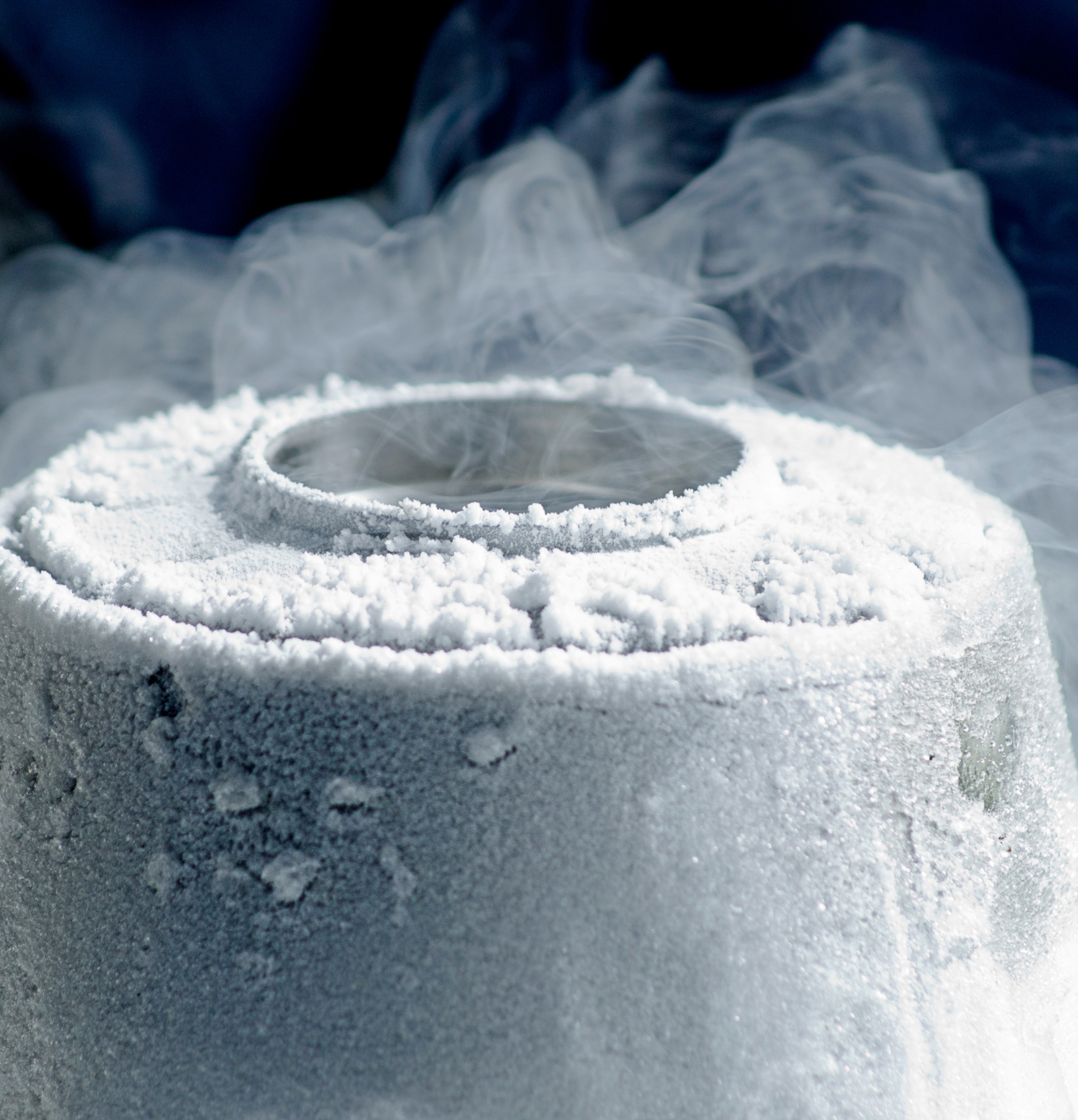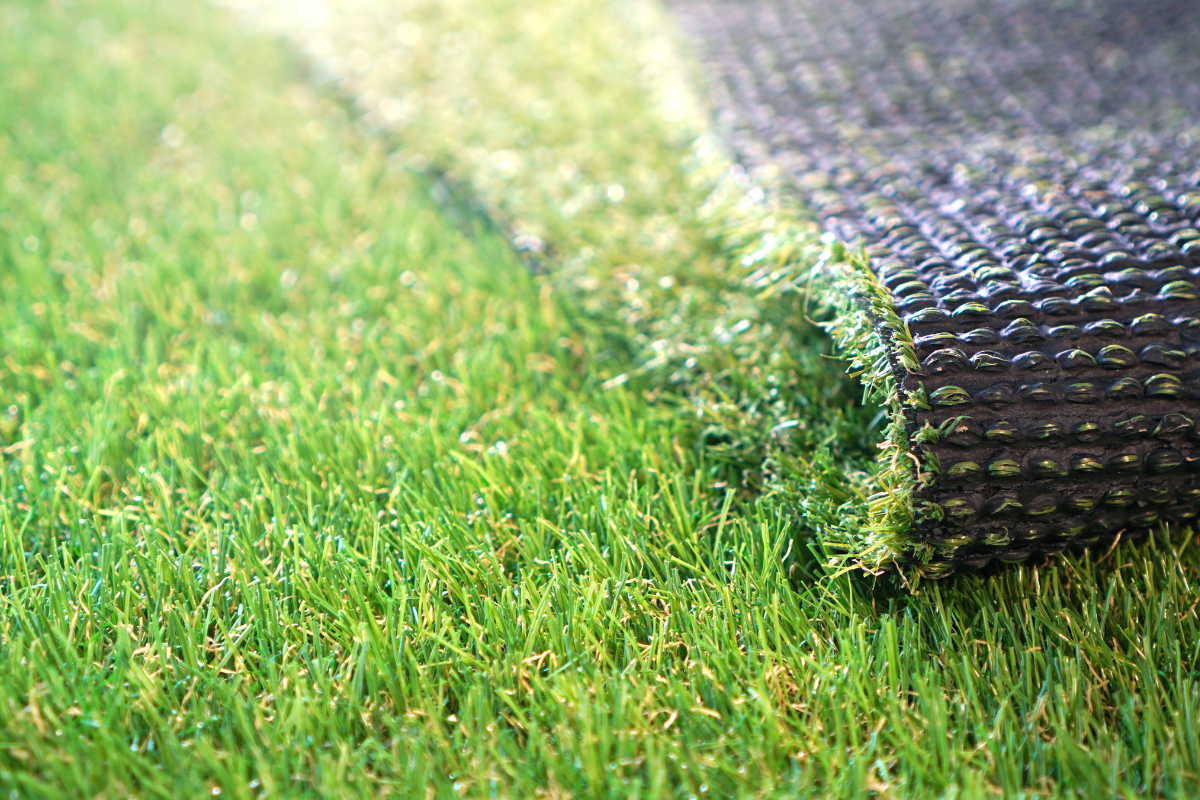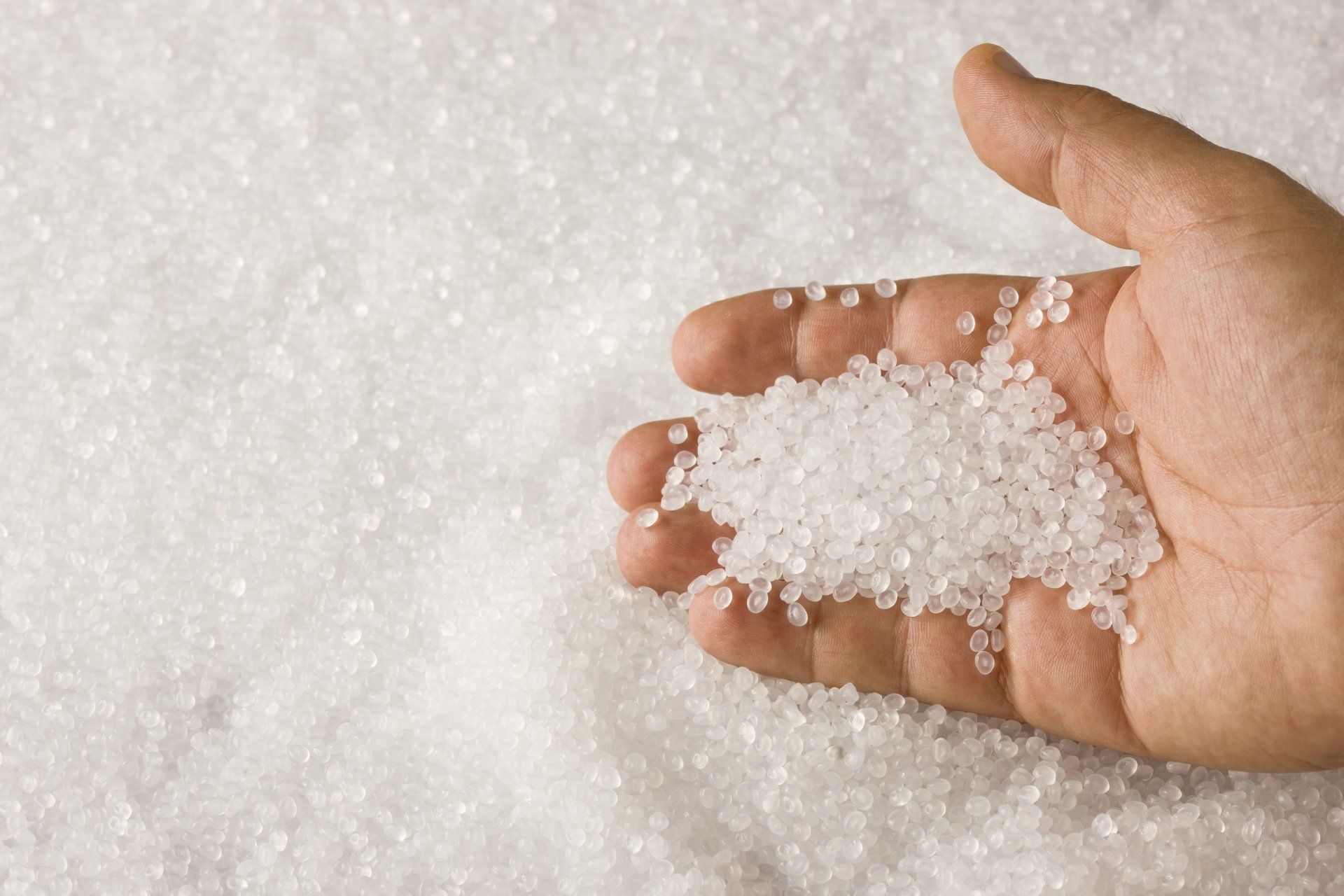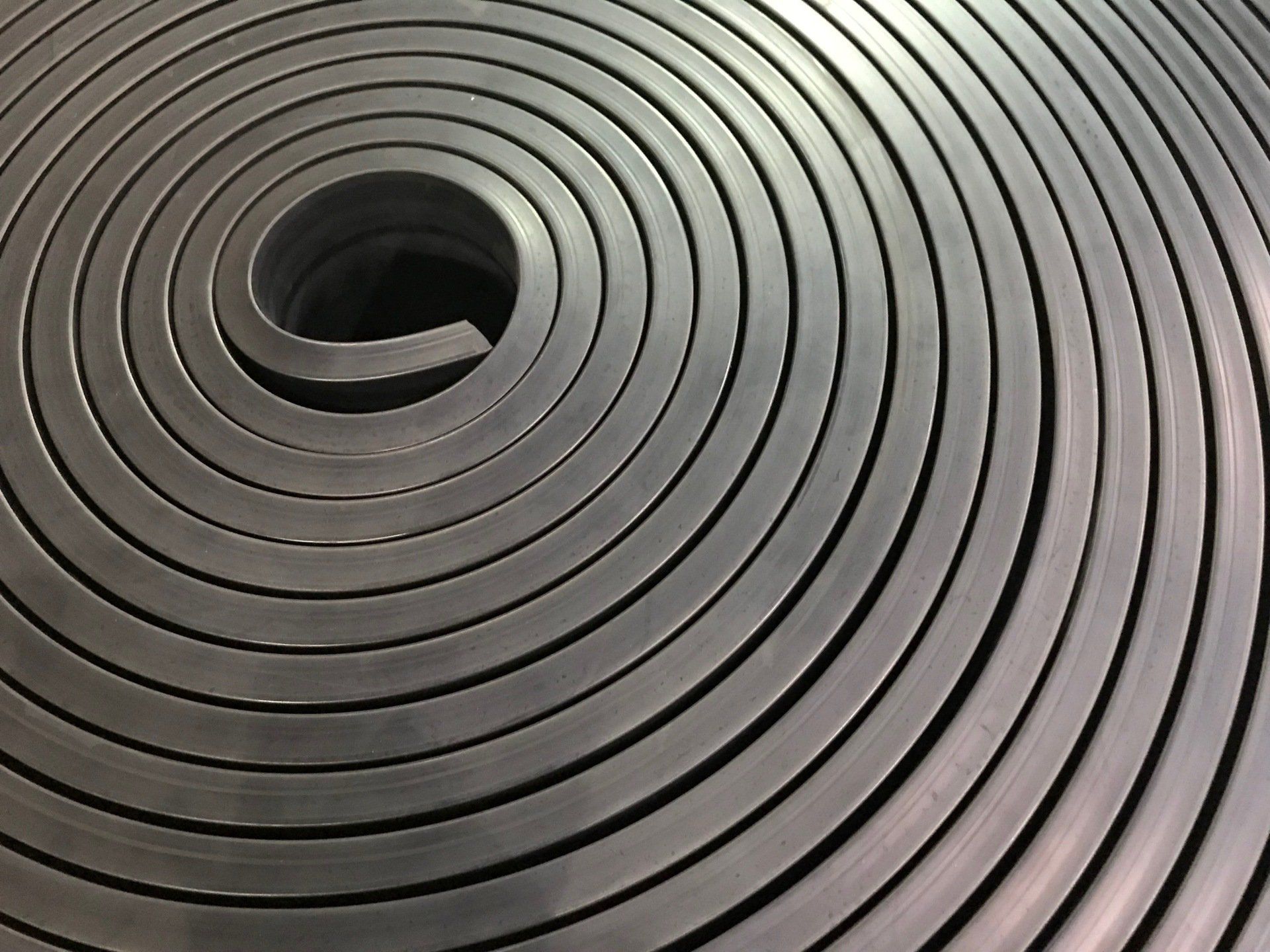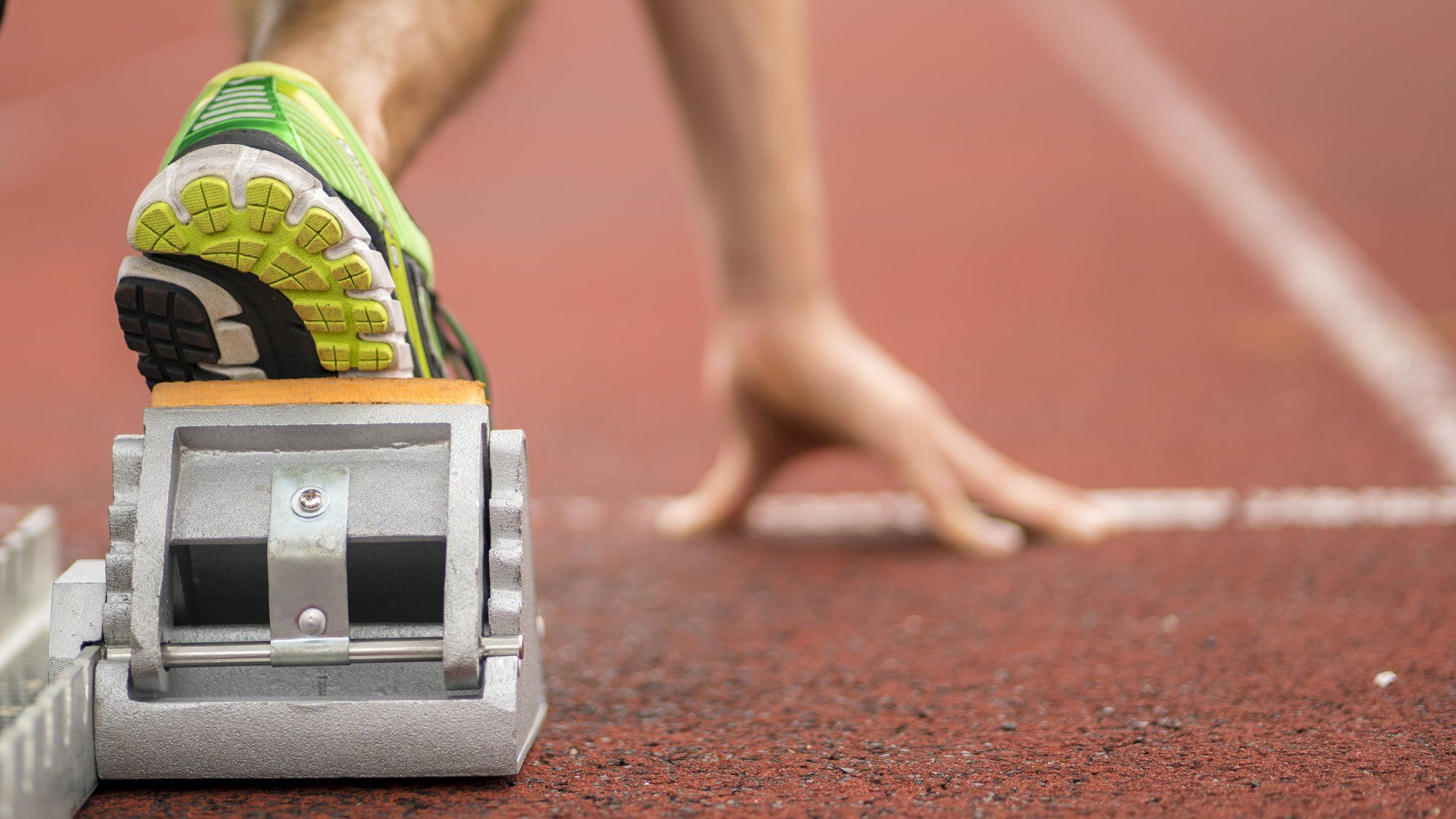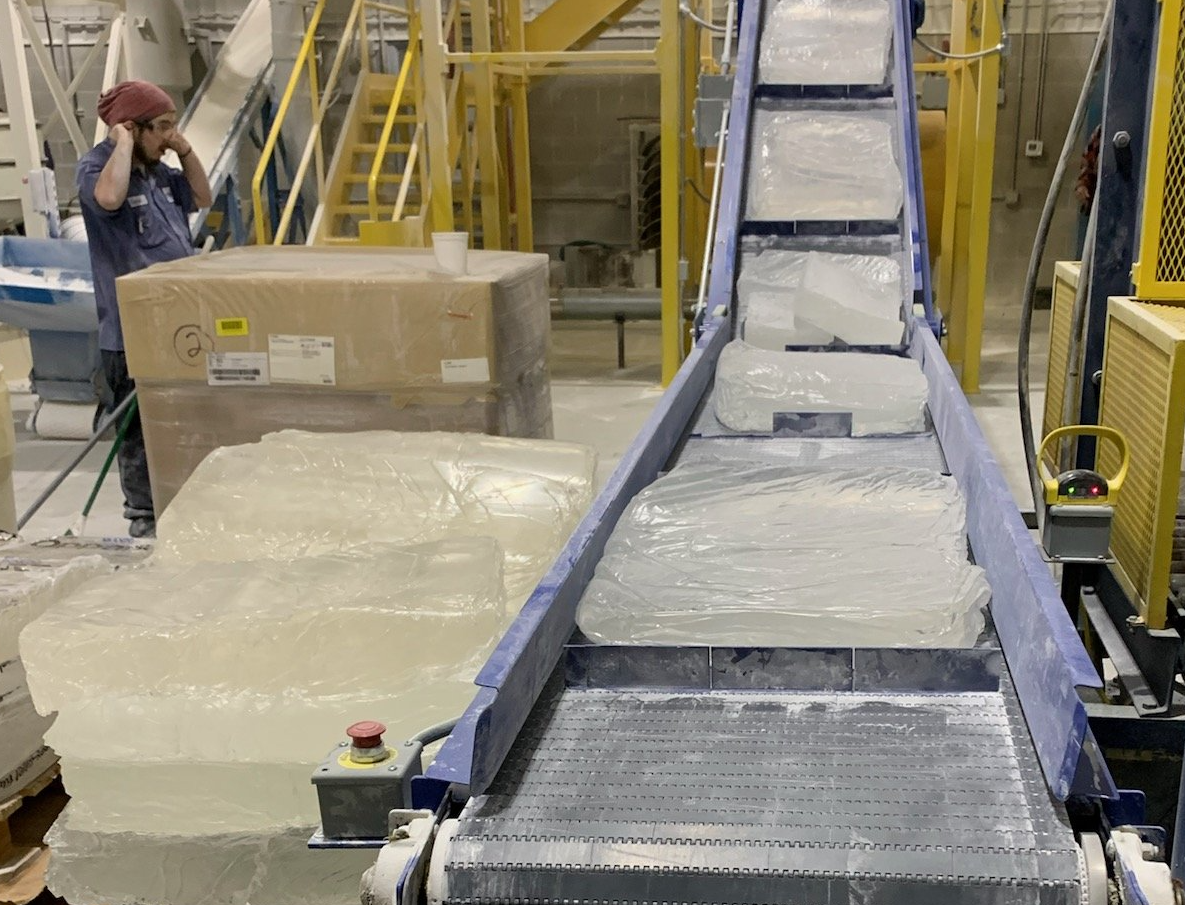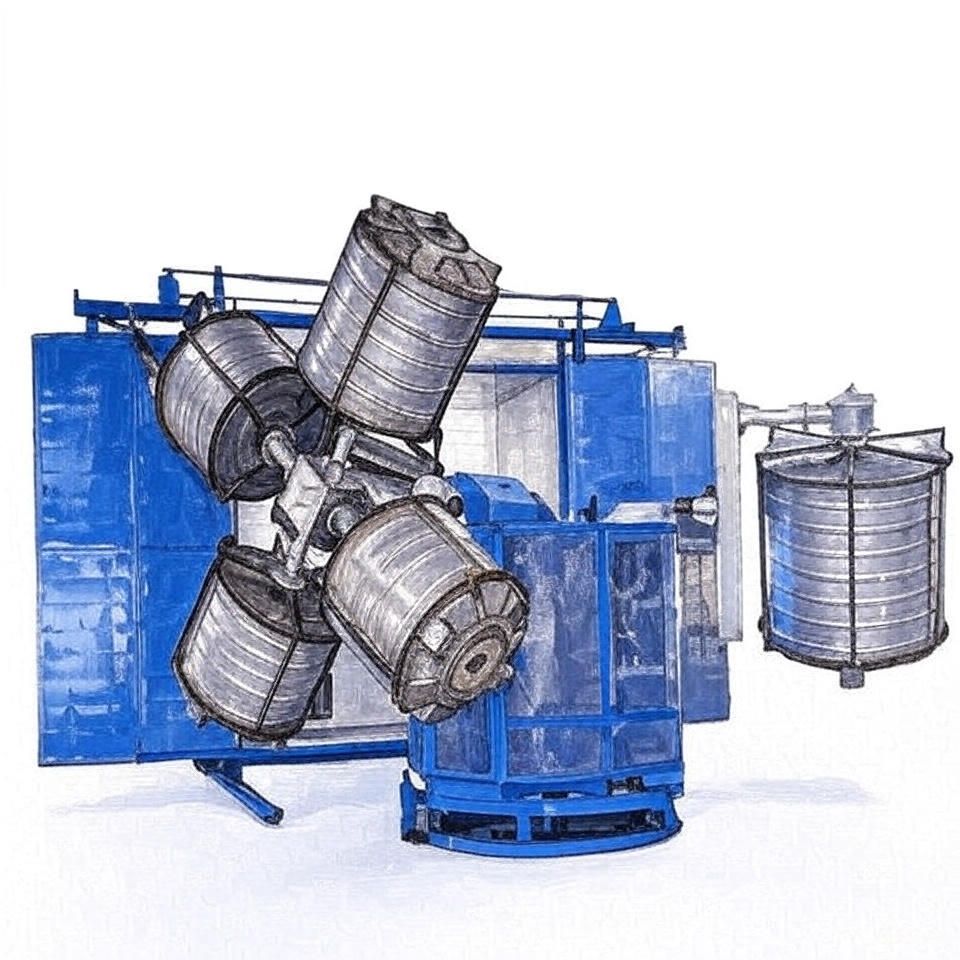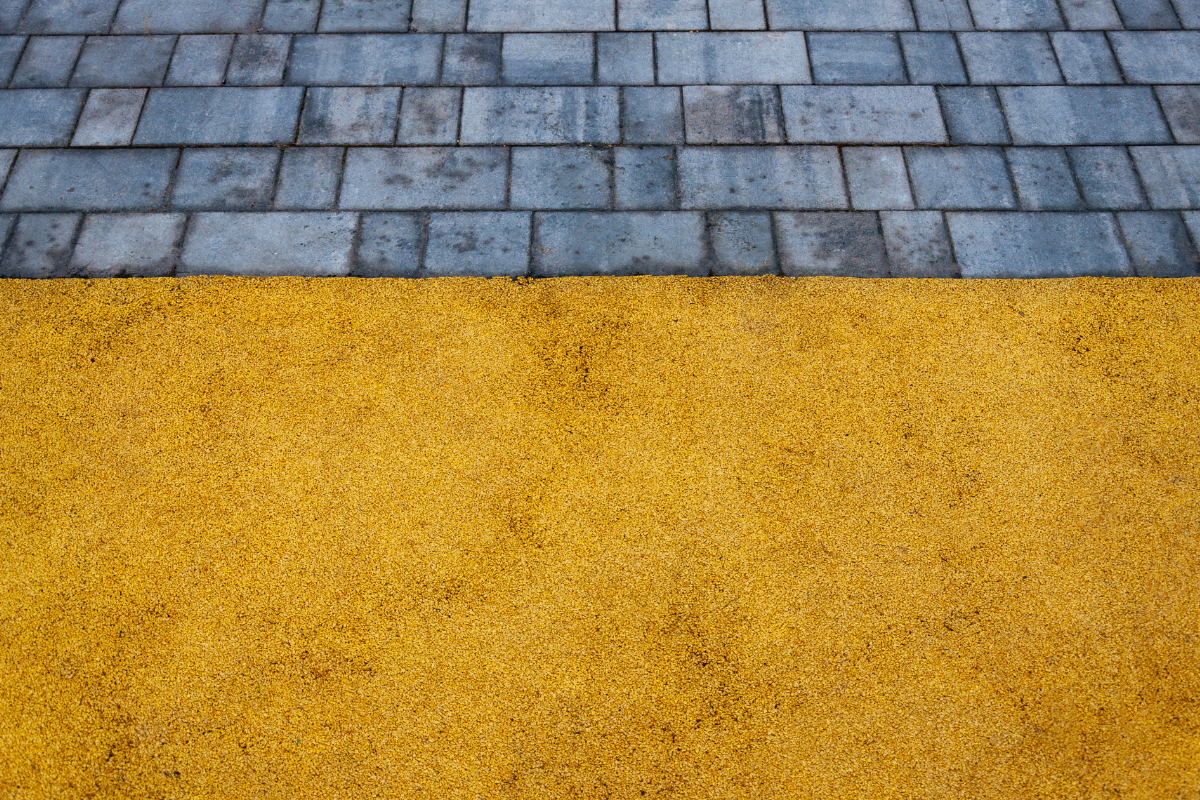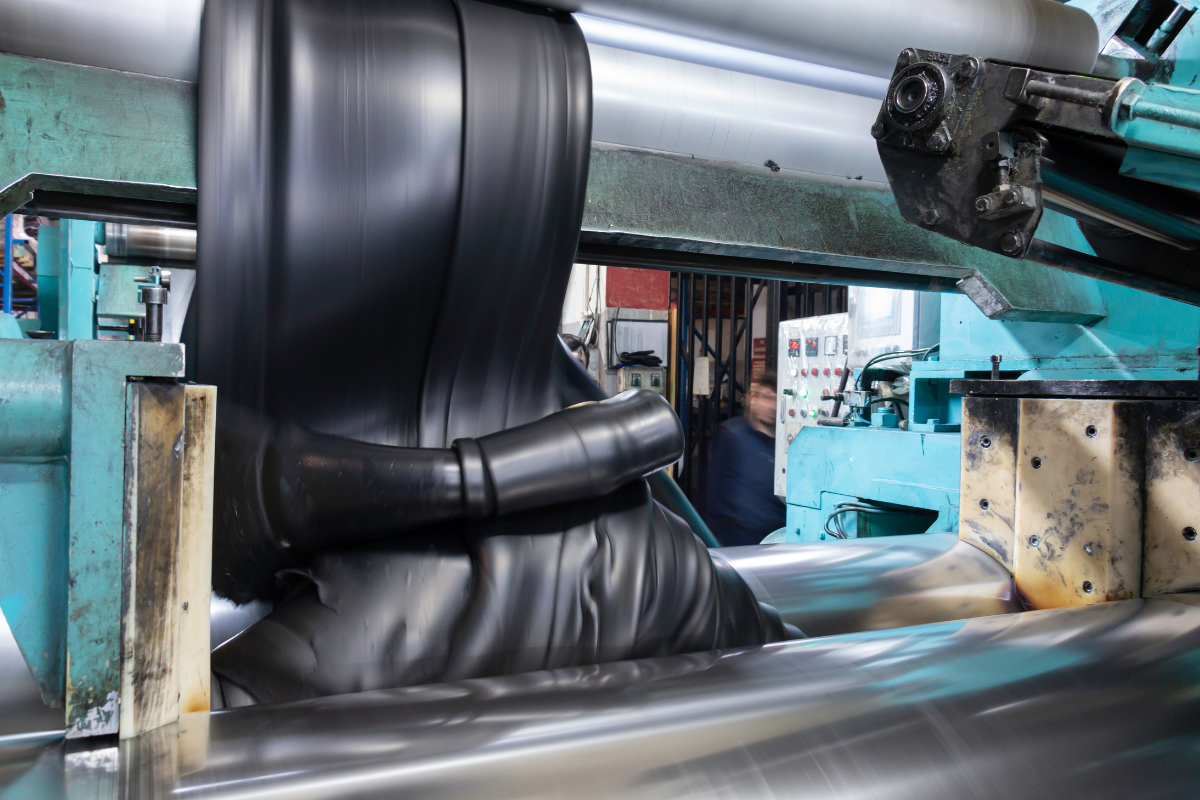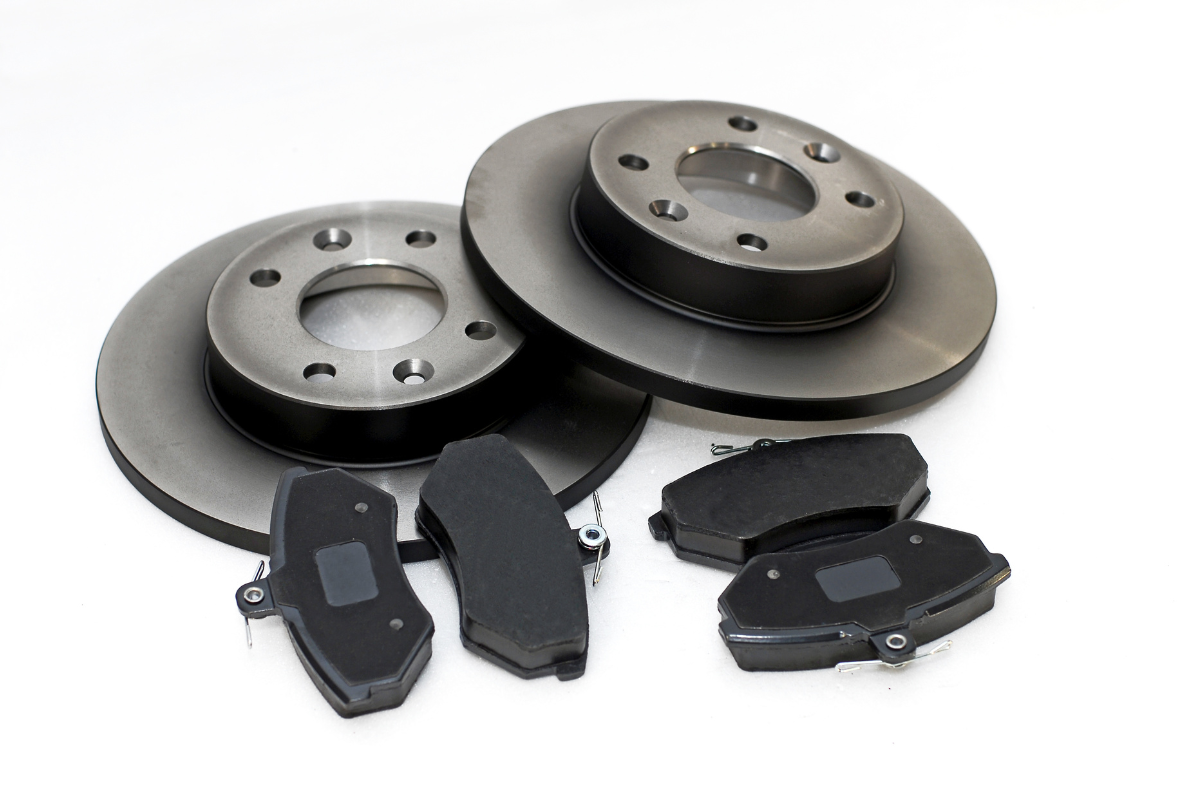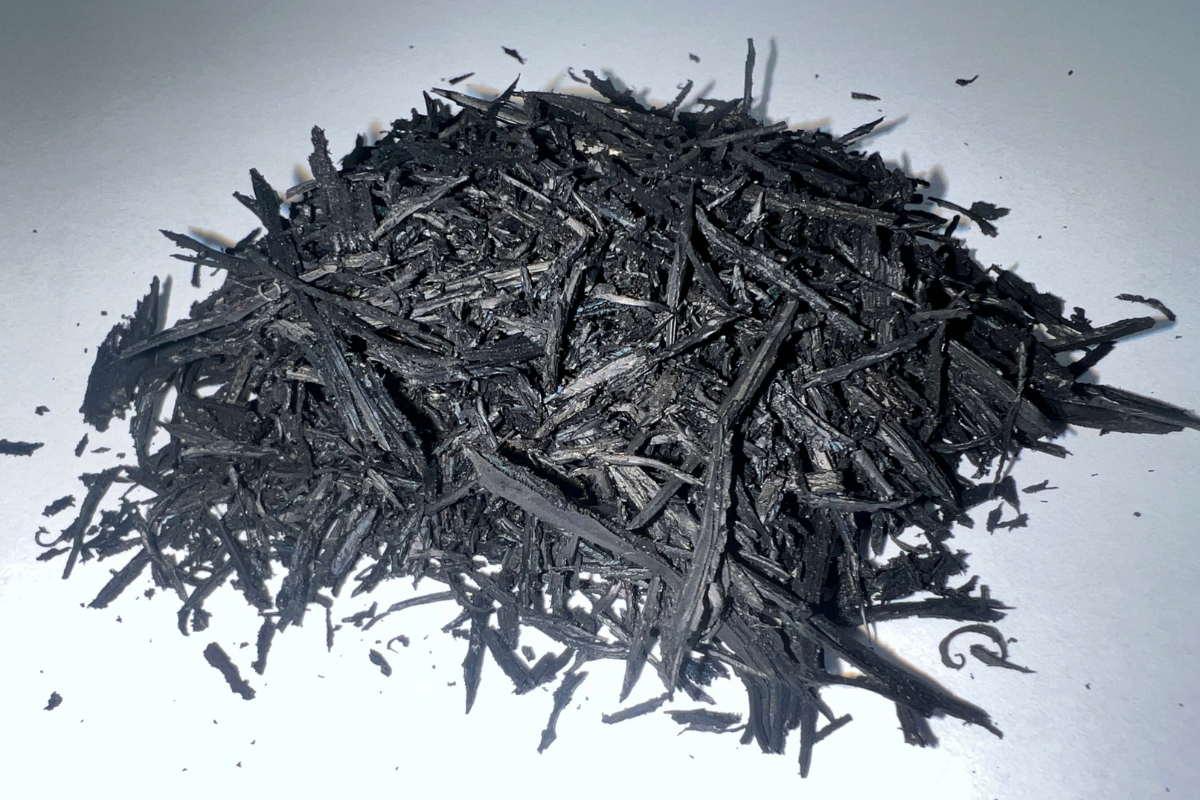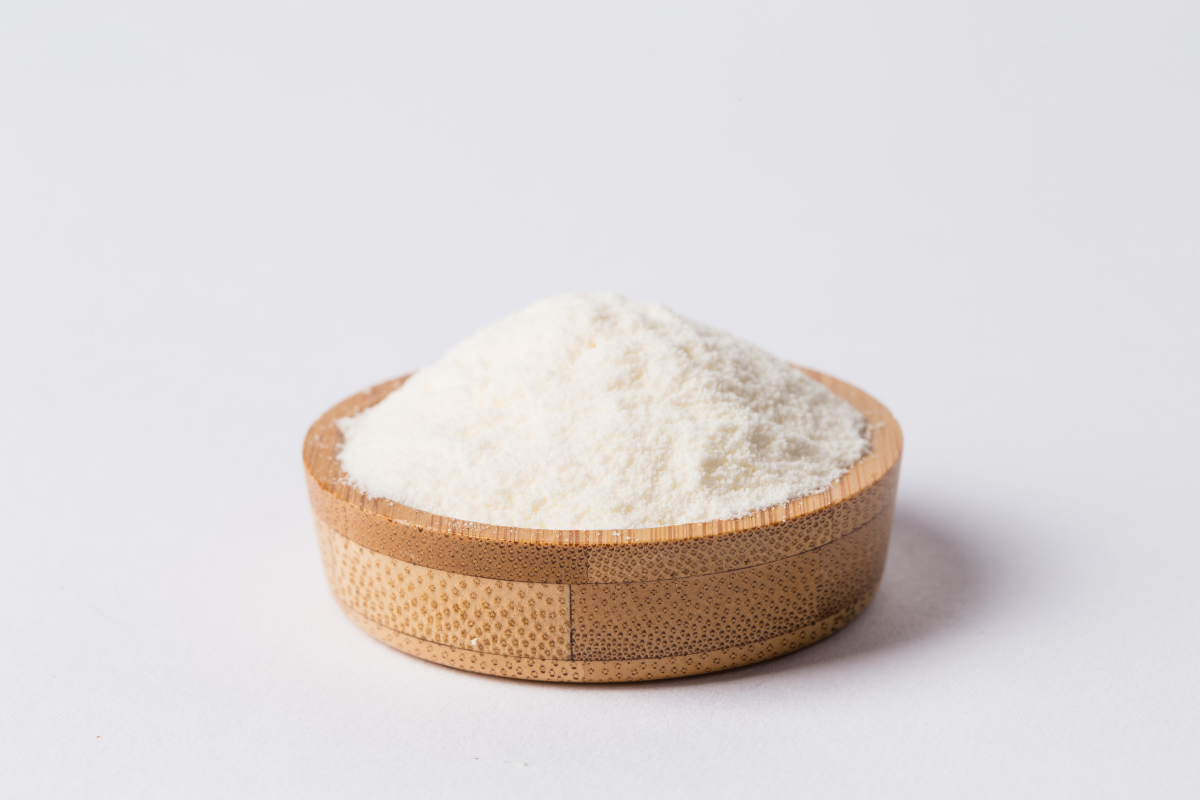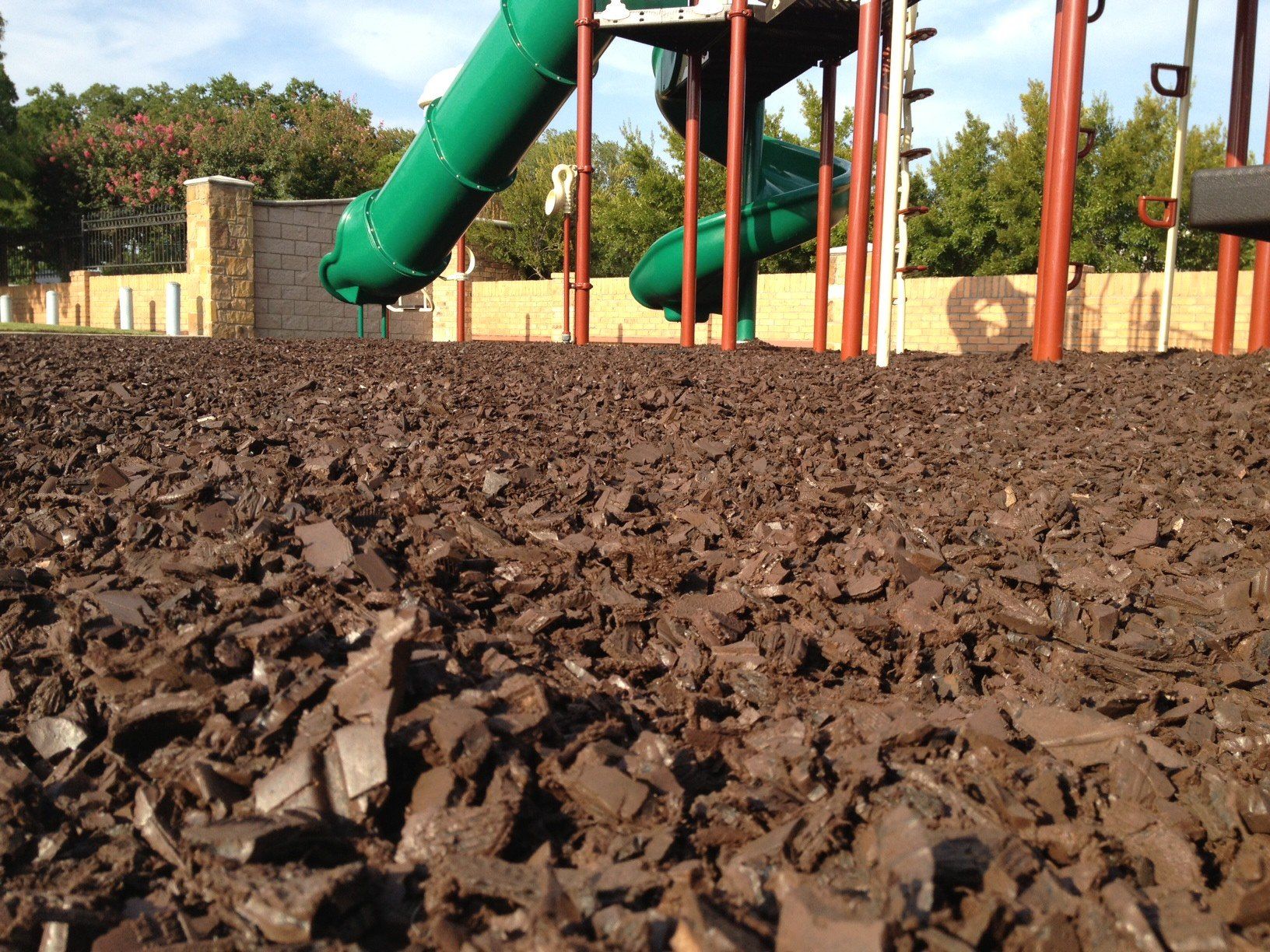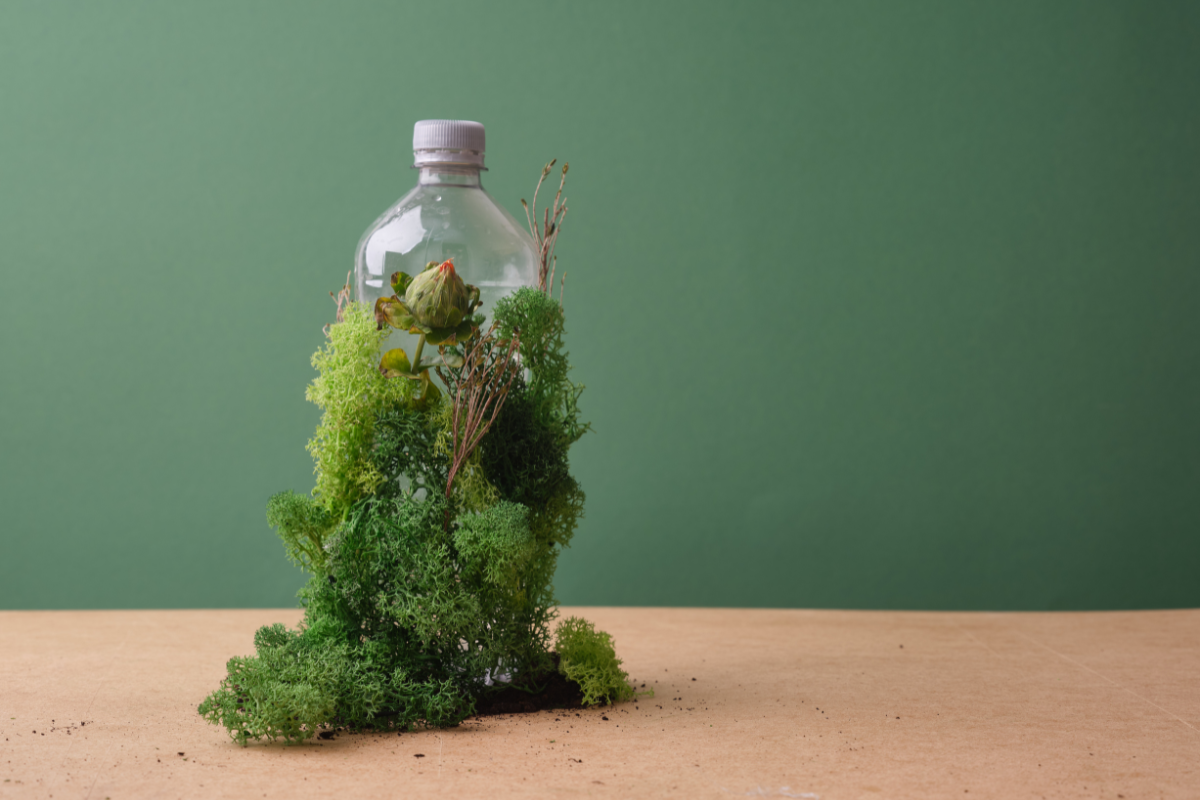Qualidade • Serviço • Compromisso
A Midwest Elastomers Inc. se dedica a fornecer produtos e serviços da mais alta qualidade por profissionais de primeira linha para atender às expectativas e objetivos de nossos clientes.
Procurando por borracha colorida?
MEI anuncia investimento em capacidades de redução de tamanho para processamento de materiais higroscópicos durante todo o ano.
Wapakoneta, Ohio, 24 de agosto de 2018: A MEI tem o orgulho de anunciar a adição de recursos para redução de tamanho de materiais de Nylon-6. Um investimento em uma instalação de última geração com clima controlado permite que a MEI produza material de Nylon 6 de 20 a 35 mesh para a indústria de moldagem rotacional e tamanhos mais finos (60 mesh) para outros mercados. Essa adição em recursos de processamento permite que a MEI controle a quantidade de umidade adicionada a materiais sensíveis à higroscopicidade durante a fase de moagem e embalagem. O teor de umidade dos produtos acabados é direcionado de 0,5 a 1,5%.
Para mais informações, sinta-se à vontade para entrar em contato com: Boaz Bowersock Gerente de vendas, Divisão de moagem de plásticos 700 Industrial Drive Wapakoneta, OH 45895 Direto: (419) 738-5425 Celular: (419) 996-8141 E-mail: bbowersock@midwestelastomers.com
Obter uma cotação
Contate-nos
Tem sobras de borracha?
Certificação ISO e SDS
Últimas notícias
